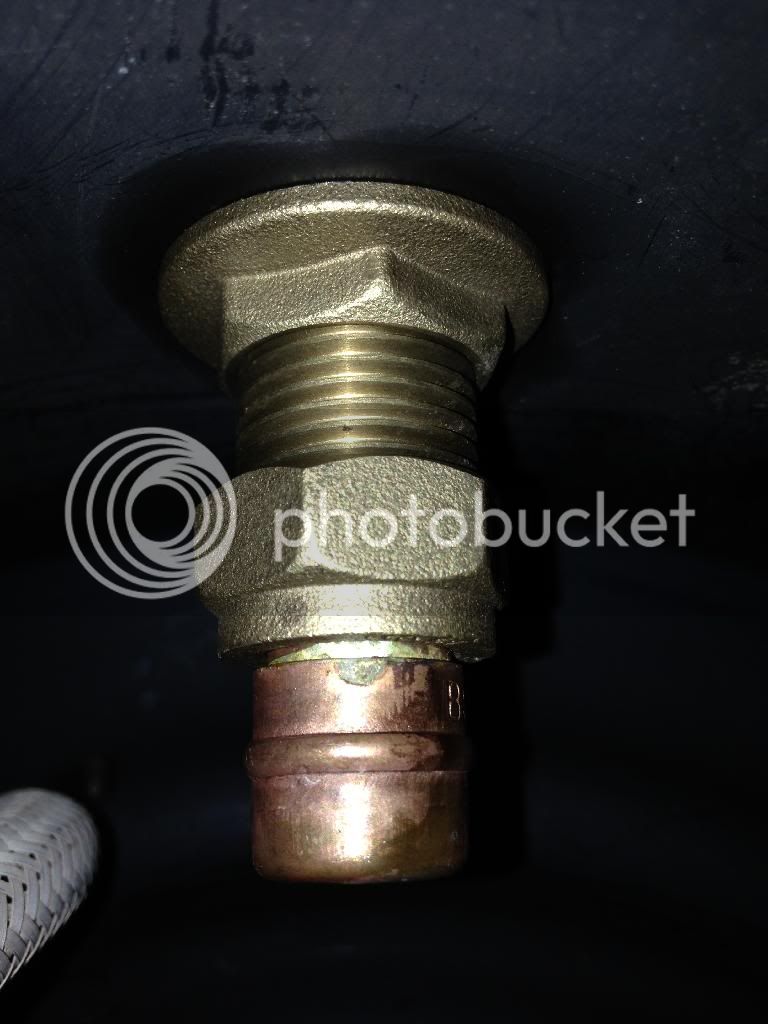Hi all.
I am thinking of adapting my HLT/Boiler Raspberry Pi Controller to control and data-log a fermenting fridge. In order that I can do this, I have a couple of questions that I hope you can help with:
1) Do people typically measure the fridge air temperature and control to this parameter, it do you measure the wort temperature using a bulkhead?
2) Typically, if you were doing a complex fermentation with temperature variation, how long would this last (in days).
3) Over what time period would you vary fermenting temperature over during this period? Would you want temperature variations on an hourly basis (e.g. 3 hours at 10 deg, 6 hours at 15 deg then 5 hours at 10 deg), or do you make variations over longer periods (e.g. days)?
Thanks
Robbo100
I am thinking of adapting my HLT/Boiler Raspberry Pi Controller to control and data-log a fermenting fridge. In order that I can do this, I have a couple of questions that I hope you can help with:
1) Do people typically measure the fridge air temperature and control to this parameter, it do you measure the wort temperature using a bulkhead?
2) Typically, if you were doing a complex fermentation with temperature variation, how long would this last (in days).
3) Over what time period would you vary fermenting temperature over during this period? Would you want temperature variations on an hourly basis (e.g. 3 hours at 10 deg, 6 hours at 15 deg then 5 hours at 10 deg), or do you make variations over longer periods (e.g. days)?
Thanks
Robbo100





